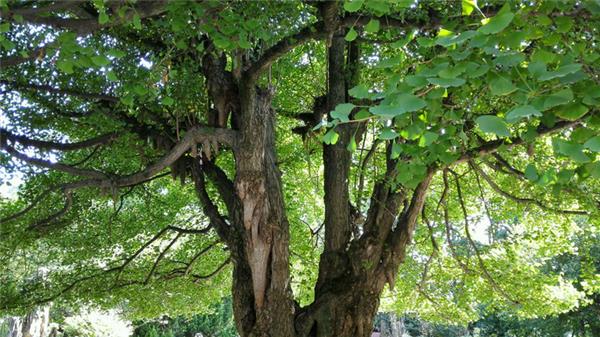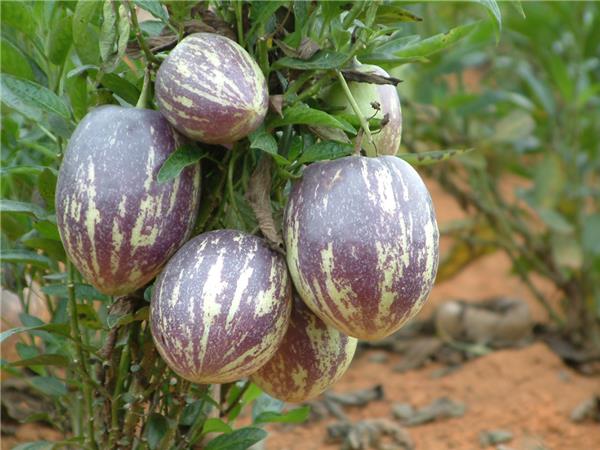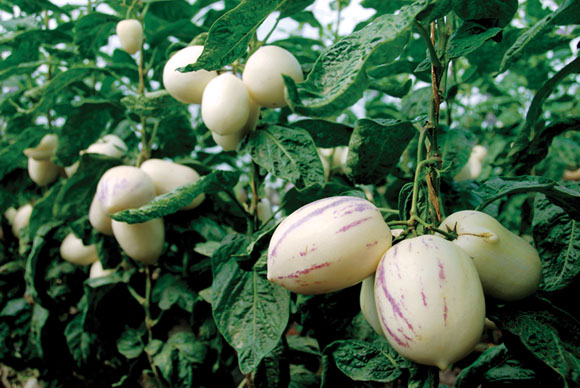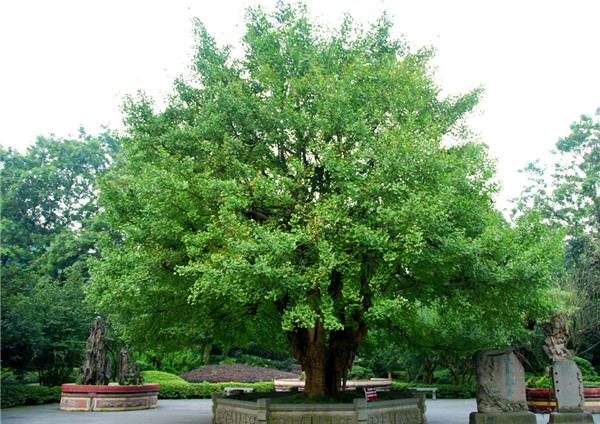Planting and maintenance of ginseng fruit trees how to plant ginseng fruit trees
The fruit quality assurance and fruit setting rate of any fruit tree are related to the suitability of planting and maintenance. Ginseng fruit trees are no exception. Let's learn some planting and maintenance techniques of ginseng fruit trees together.

Cultivation Technology of Ginseng Fruit Tree
1. Sowing: Mix proper amount of base fertilizer in the plot or wooden box where ginseng fruit trees are planned to grow seedlings, irrigate water fertilizer carefully, and then sow the fine seeds one by one in the soil, with the grain spacing of 7-10 cm, cover with wet fine sand, spray wet with sprayer after the ridge surface is dried to prevent impulsive seeds, 7-15 days for seedlings; if there are pests, use trichlorfon or fenvalerate to kill insects, and transplant the seedlings to 10 cm long. Ginseng fruit seedling quality is very critical to planting, must be under the guidance of experts, virus-free seedlings, and take a series of measures to maintain strong seedlings, can be introduced, some places planting yield is low, the main reason is weak seedlings, toxic seedlings, not according to the rules of virus-free treatment. Therefore, it is necessary to introduce seedlings from regular breeding units.
2, cutting: should choose good genetic characteristics, high-yield plants of fresh stems and branches, no disease, no defects, in order to give birth to new roots and buds. Ginseng fruit can be planted in all seasons, but the survival rate of spring sowing and autumn planting is high. In the middle of the day, it should be carried out after 4 pm to improve the survival rate. The insertion of suitable temperatures can be carried out in the range of 15-30 ° C. Before cutting, in order to improve survival rate, growth hormone can be used to soak cuttings. Cuttings, the cuttings will be inserted into the soil, and then cover the soil compaction, so that cuttings exposed to the ground about 4-6 cm, row spacing about 10-15 cm, plant spacing about 6 cm. After planting, timely watering, watering amount can be determined according to specific circumstances.

The way ginseng fruit trees grow seedlings
1. Management after sowing: Sprinkle a layer of fine sand on the surface of the ridge to cover the seeds. If the temperature is below 12℃, it should be covered with plastic film to keep the soil temperature and soil humidity. If the nursery bed is dry, fine water should be sprayed to facilitate germination, and it is forbidden to sprinkle with water. After the seedlings emerge, the mulch must be removed. To avoid sun exposure, cover the sun screen. During seedling period, spray low concentration nitrogen fertilizer once every 10 days or so, strengthen field management, prevent diseases and insect pests, and ensure healthy growth of seedlings.
2. Management after transplanting: In late spring to summer and autumn, shade should be provided to prevent sun exposure, and fine water should be sprayed. After the seedlings grow new roots, the shade tools can be removed. If in winter or when the temperature is low, in order to prevent freezing damage, it is advisable to carry out in a solar greenhouse or plastic shed, and cover plastic film and grass curtain with a small arch shed. After seedlings take root, they can be dressed with decomposed human feces and urine to promote new roots and buds. In the case of suitable external environmental conditions, about 20-30 days after transplanting, planting or seedling transplantation can be carried out.

Control of diseases and insect pests of ginseng fruit trees
1. Ginseng fruit has strong resistance to pests and diseases, but when pests and diseases occur seriously, it can also be threatened and infected, resulting in poor plant growth and development, falling flowers and fruits and low fruit yield, so it should follow the principle of "prevention is more important than treatment, prevention and control combination" at ordinary times, according to the local rules of pests and diseases. When diseases and insect pests occur, they should be diagnosed early and drugs with high efficiency and low toxicity should be selected. In the specific operation, the treatment should be early rather than late, the dosage should be small rather than large, and it is best not to contain dimethoate in the medicine.
2, ginseng fruit is more resistant, generally more pests, fewer diseases. Diseases are downy mildew, sclerotinia, Phytophthora, gray mold, etc., pests are mainly insects, thrips, aphids, whitefly, etc. Diseases can be controlled by carbendazim, thiophanate-methyl, chlorothalonil and other drugs; insect pests can be controlled by foliar spraying with insecticides such as aphimidone, but dimethoate or dichlorvos are strictly prohibited, because ginseng fruit is particularly sensitive to this drug and can produce destructive phytotoxicity. When the plant does not grow and dwarf disease occurs, it can be sprayed with Clomid.

In general, ginseng fruit trees are relatively easy to cultivate, as long as they are properly operated in daily maintenance, then they are not easy to contract pests and diseases. As long as they are serious and careful, then novices can also try to plant fruit trees.
- Prev

The efficacy of hibiscus leaves and the culture method of hibiscus hibiscus
The efficacy of hibiscus leaves and the culture method of hibiscus hibiscus
- Next

[what are Platycladus orientalis leaves] the efficacy and function of Platycladus orientalis leaves
[what are Platycladus orientalis leaves] the efficacy and function of Platycladus orientalis leaves
Related
- Wuhan Hospital Iron Tree Blooming Result Was Instantly Frightened by the Gardener Master
- Which variety of camellia is the most fragrant and best? Which one do you like best?
- What is the small blue coat, the breeding methods and matters needing attention of the succulent plant
- Dormancy time and maintenance management of succulent plants during dormancy
- Minas succulent how to raise, Minas succulent plant pictures
- What are the varieties of winter succulent plants
- How to raise succulent plants in twelve rolls? let's take a look at some experience of breeding twelve rolls.
- Attention should be paid to water control for succulent plants during dormant period (winter and summer)
- Watering experience of twelve rolls of succulent plants
- Techniques for fertilizing succulent plants. An article will let you know how to fertilize succulent plants.

